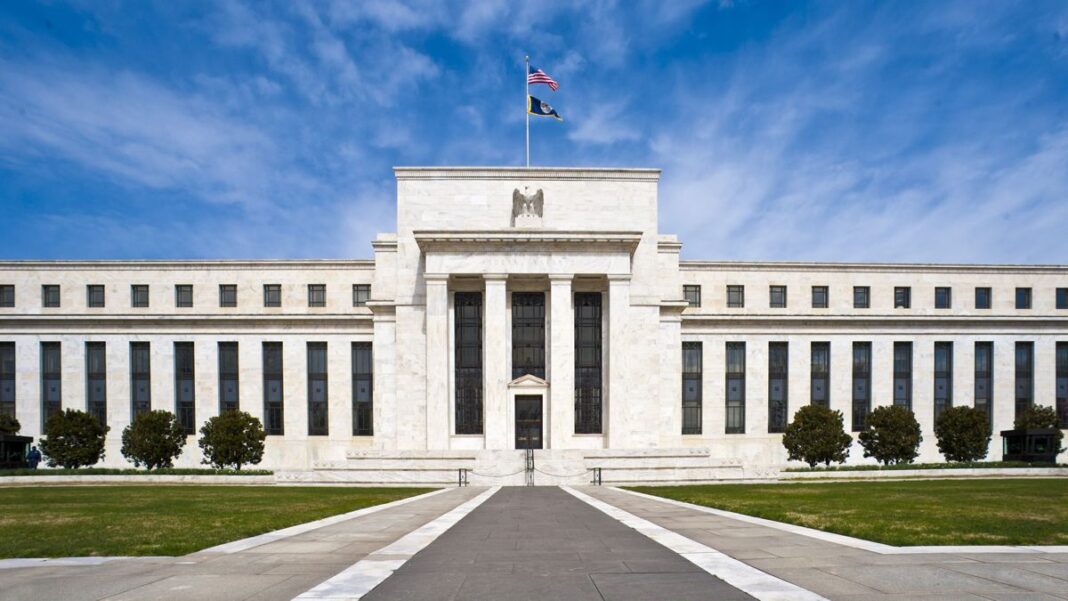The U.S. Federal Reserve announced on Sunday that it is collaborating with some of the world’s largest central banks to enhance liquidity provision by strengthening the standing of U.S. dollar liquidity swap line arrangements.
The central banks will increase the frequency of seven-day maturity operations from weekly to daily to improve the effectiveness of the swap lines in providing U.S. dollar funding, the Fed said in a statement.
Apart from the Fed, other central banks participating in the coordinated action include the Bank of Canada, the Bank of England, the Bank of Japan, the European Central Bank, and the Swiss National Bank.
“The network of swap lines among these central banks is a set of available standing facilities and serve as an important liquidity backstop to ease strains in global funding markets, thereby helping to mitigate the effects of such strains on the supply of credit to households and businesses,” it stated.
Operations would commence on Monday and continue at least through the end of April to support the smooth functioning of U.S. dollar funding markets, according to the European Central Bank.
The move came on the heels of a deal brokered by Swiss authorities to have UBS Group buy rival Swiss bank Credit Suisse Group to prevent its disorderly collapse.
The deal followed efforts in Europe and the United States to support the sector since the collapse of U.S. lenders Silicon Valley Bank and Signature Bank.
Fed Reveals Banks Borrowing Billions in Loans
The Fed published data on March 16 revealing that banks had borrowed a combined total of $164.9 billion from the central bank in recent weeks to maintain their liquidity.
According to data from the Fed, banks borrowed $152.85 billion from the central bank in the week ending March 15 using the Fed’s traditional discount window—known as discount window lending—which provides loans for periods of up to 90 days.
That is up from $4.58 billion in loans the previous week.







